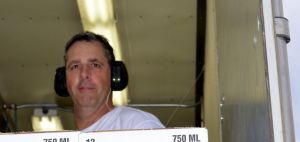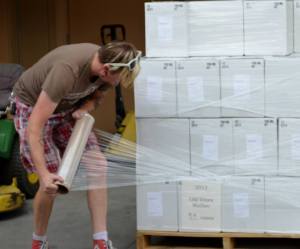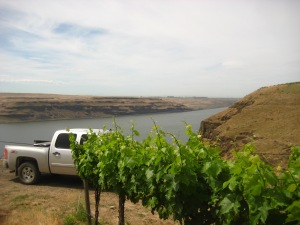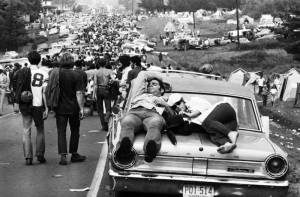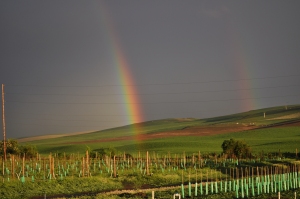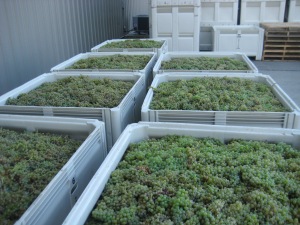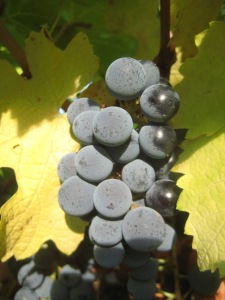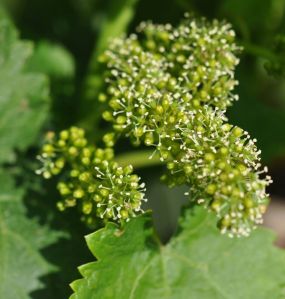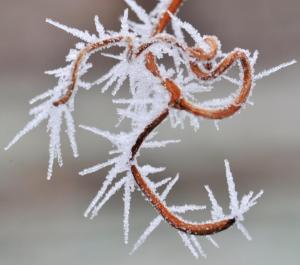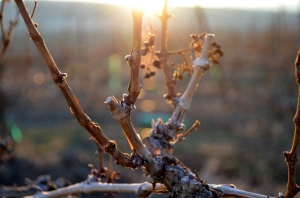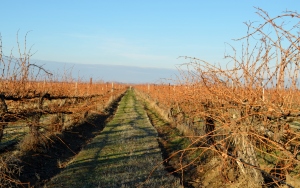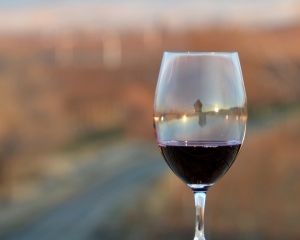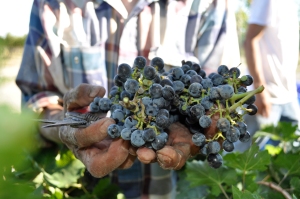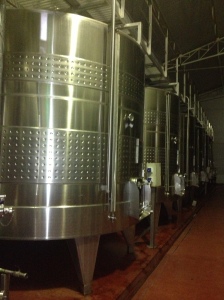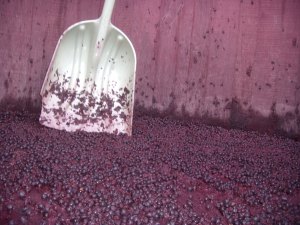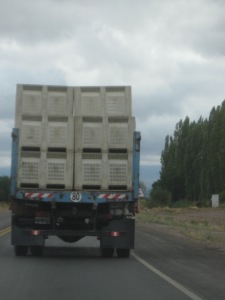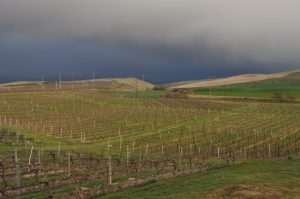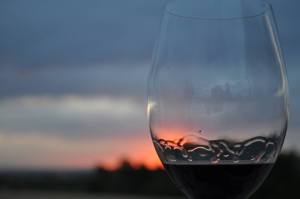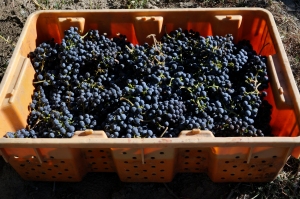Derek is the Assistant Winemaker for all three of our brands. He is the glue, the biceps, the calendar- he is the goal accomplisher.
So seldom does the very deserving Assistant Winemaker get to come up for light, never the less the spot light, that people have no clue how crucial this player is to the finished bottle.
Here he is, in his own, well deserved limelight:
How did you get interested in wine?
I think that really got started my first job path, in cooking. I loved the ability to elevate both the dish and the wine by finding that perfectly harmonious contrast between the two. Of course, the Italian and Romanian in my gene pool didn’t make it hard to love wine either.
First wine job?
Well, if I were to elaborate further on my first answer, I REALLY got the passion for wine when I was working in the Purple Cafe and Wine Bar. I had been a cook for a few years and liked the idea of being able to interact with the people enjoying it (having your cake and eating it too, so to speak.) I started working as a busser and learning about vino in the weekly wine class that was mandatory for servers and anyone wanting to serve. That is when pandora’s box was opened, and for a year and a half I was paid to educate myself on the wines of the world and develop my palate by a brilliant sommelier. After moving up to serving and advancing my knowledge a while, I decided to move on from the restaurant side and moved into the position of tasting room manager at a new local tasting room in downtown Kirkland. Long story short (or kinda short…), I ended up heading out to Walla Walla for one quick harvest, and the rest is history.
Favorite part of your job?
Obviously barrel sampling. No, there are a lot of things to love in this industry, but I would have to say at least one of my favorite things is the satisfaction I get from seeing the fruits of my labor in the end. You don’t get to really feel or see the results of your efforts in other jobs, but with wine you see a start, a finish, and an end. One of the best things also, is sharing a beautiful bottle of wine you helped make with someone, and remembering the long hours getting dirty, cold, sticky, sore, and tired, and knowing it was all worth it.
Favorite wine you’ve ever helped make?
That is tough. I have to name a few to make the question fair. One that rings out is the first blend I put together and helped in the blending trials with, and that is the 2012 Tremolo from Waters. It has a special place in my heart. That being said, the 2012 21 Grams is gonna be taking you by storm in the near future, and I am pretty pleased with it as well. Of course, the Forgotten Hills Syrah and Gamache Malbec are coming to mind as well, any of the vintages I have had the pleasure to have handled them.
Least favorite part of the job?
The part where I don’t have a glass in my hand. Or cleaning barrels after a big blend has been made, I need more stimulation than that! haha
Favorite winemaking music?
Depends on the task. For early morning punchdowns, gypsy jazz. For after crush cleanup, old Metallica. For the in between, Dirty blues or funk! If you are by yourself, epic movie soundtracks can make things interesting, albeit a little tense…
Biggest wine mistake, if you can divulge?
Accidentally dumping out all the Flying Trout wine, but don’t worry, I replaced it with about 700 boxes of Franzia from the grocery store 😉 . Honestly, a bad one that involved other people was at Northstar. I was operating the must pump, and as they were walking the lines to the tank, they shouted reverse but I couldn’t hear them properly, so when they shouted “off” and unscrewed the clamp, the main cellar guy got a face full of must (that ended up hitting the ceiling and a few walls). I had a mess to clean up, and wasn’t allowed to do that anymore haha, live and learn.
Favorite Month?
August, or September. Or March, when I can relax…
Favorite time of day for winemaking, and why?
I actually love really early mornings, before the suns up. It is hard to get out of bed, your coffee hasn’t fully set it, and your groggy, but there is something magical about working then when you know you are one of only a few that are up and active.
Lastly, Is there a variety you’d like to use more in the future and why?
Well, that is tough, because with three brands I get a variety of my favorite varietals already. I would have to say some of the stranger Rhone varietals like Counoise, Carignan, and Cinsault, because I am intrigued by how they change from grape to barrel aged. I also would like to try some more traditional spanish blends with Washington fruit, I think there is potential to get unique flavors from high desert areas that resemble their old world counterparts
*For any of you who are planning on coming to one of our Walla Walla dinners, find a way to sit next to Derek- you can thank me later.
Photos below were taken by Derek on the crush pad throughout the 2014 harvest. Have a great weekend, Ashley

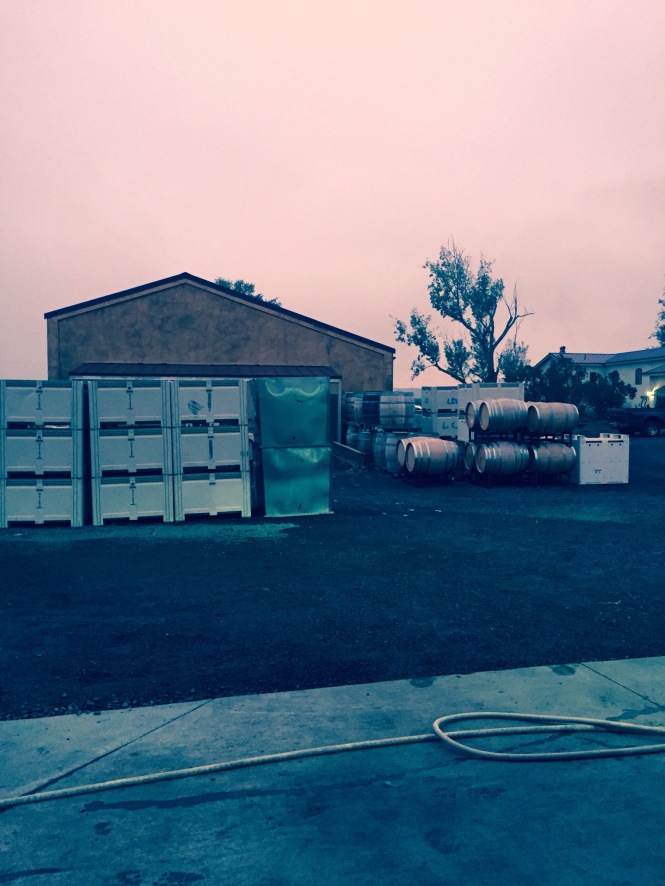
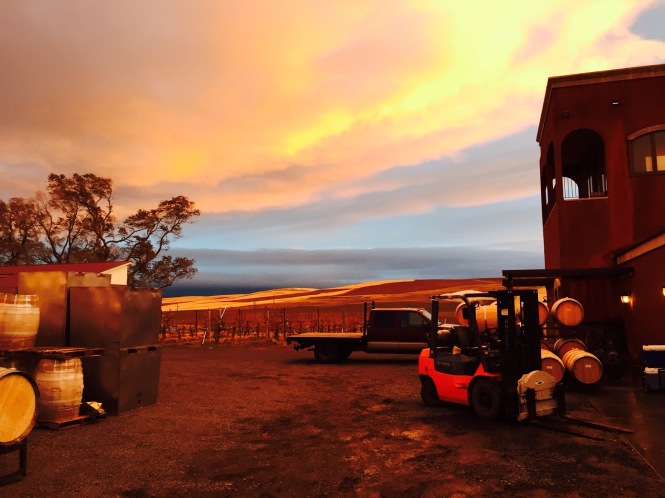
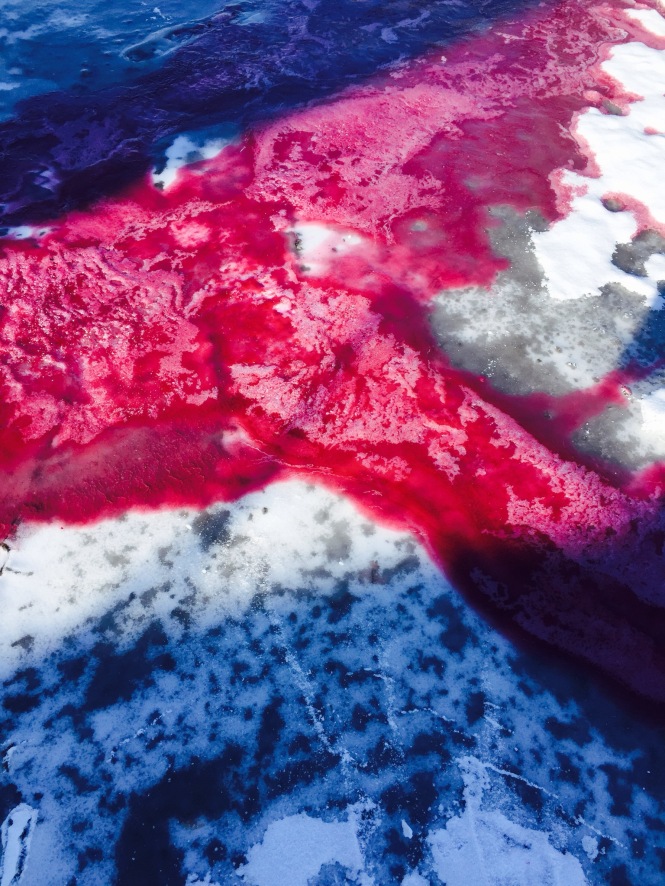
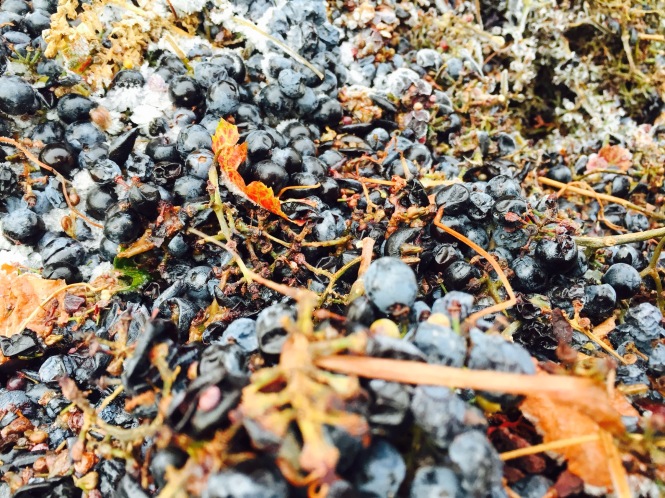
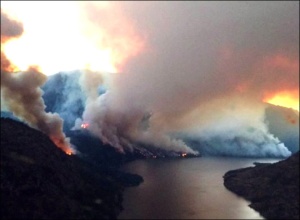

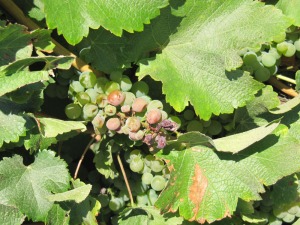
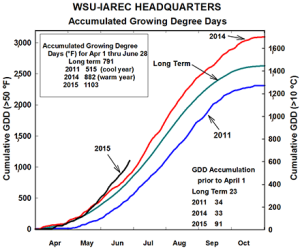
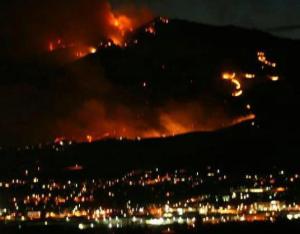
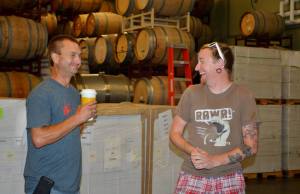
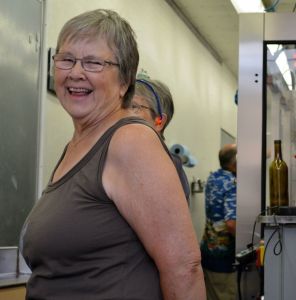
 She helps us organize some of our Walla Walla Chamber Music Festival Concert Series at TERO Estates and Windrow Vineyard and helps us in the tasting room downtown in a pinch. She is also practically the sole cause for my children being well-read.
She helps us organize some of our Walla Walla Chamber Music Festival Concert Series at TERO Estates and Windrow Vineyard and helps us in the tasting room downtown in a pinch. She is also practically the sole cause for my children being well-read.